Pier Luca Lanzi
A Tool for the Procedural Generation of Shaders using Interactive Evolutionary Algorithms
Dec 29, 2023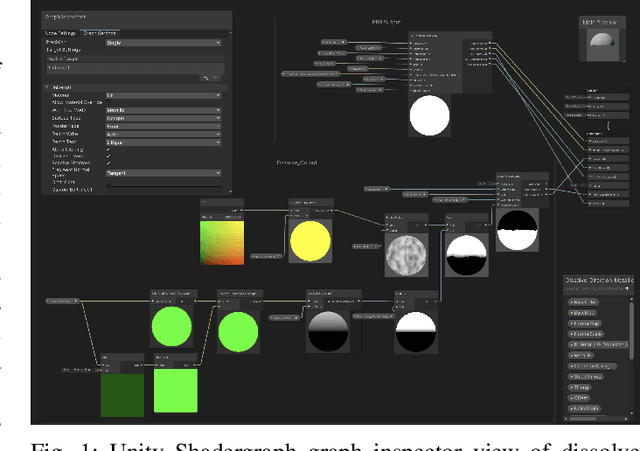
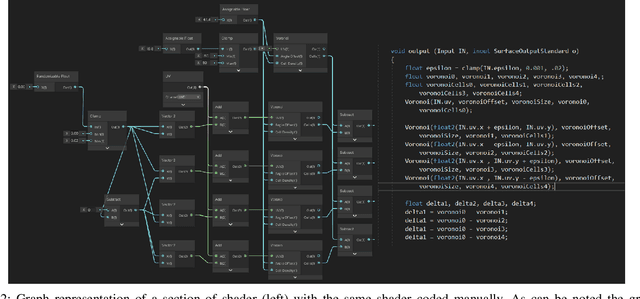
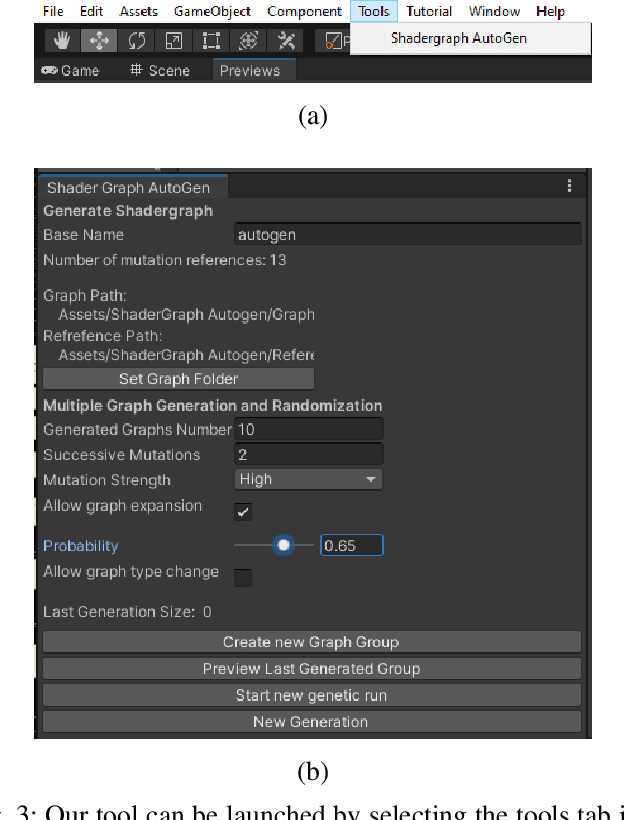
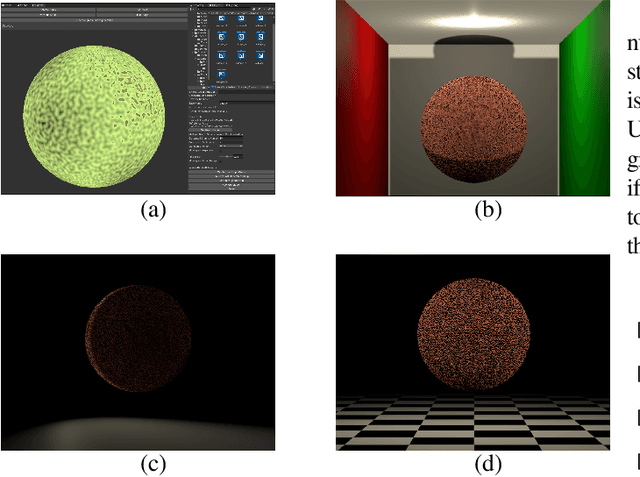
Abstract:We present a tool for exploring the design space of shaders using an interactive evolutionary algorithm integrated with the Unity editor, a well-known commercial tool for video game development. Our framework leverages the underlying graph-based representation of recent shader editors and interactive evolution to allow designers to explore several visual options starting from an existing shader. Our framework encodes the graph representation of a current shader as a chromosome used to seed the evolution of a shader population. It applies graph-based recombination and mutation with a set of heuristics to create feasible shaders. The framework is an extension of the Unity editor; thus, designers with little knowledge of evolutionary computation (and shader programming) can interact with the underlying evolutionary engine using the same visual interface used for working on game scenes.
Distributed Learning Approaches for Automated Chest X-Ray Diagnosis
Oct 04, 2021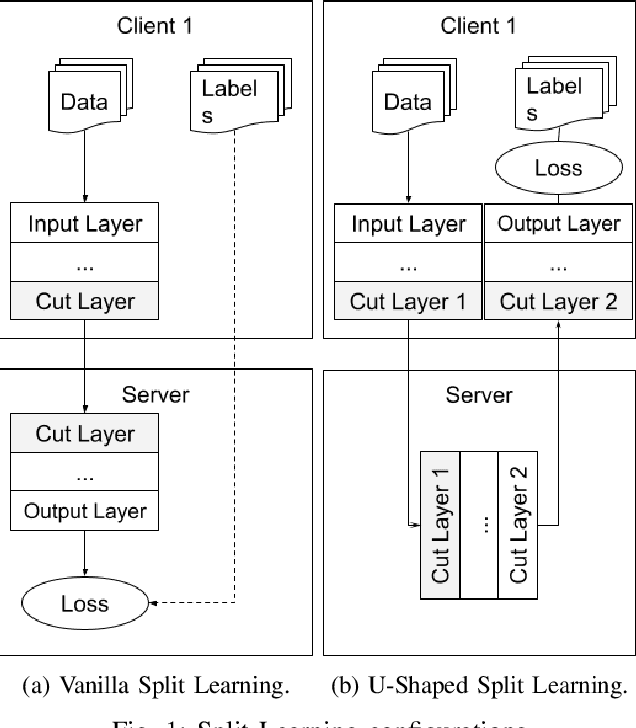
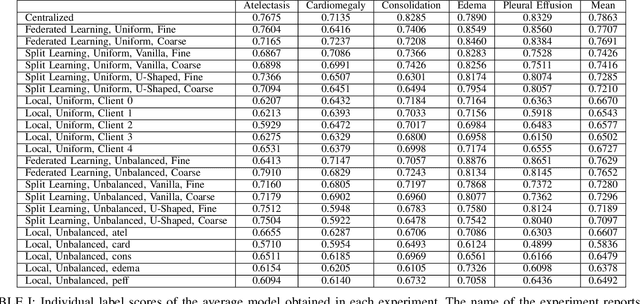
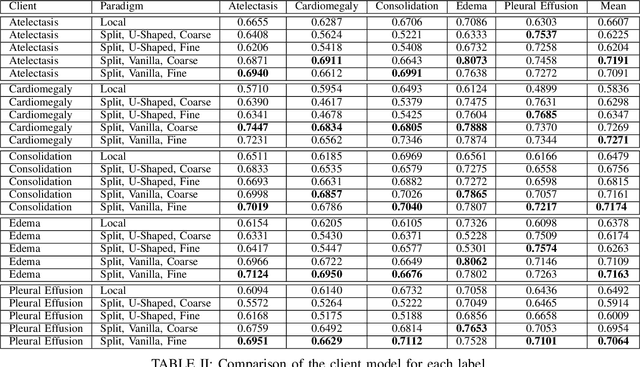
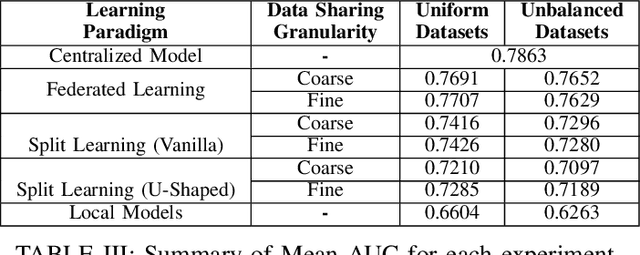
Abstract:Deep Learning has established in the latest years as a successful approach to address a great variety of tasks. Healthcare is one of the most promising field of application for Deep Learning approaches since it would allow to help clinicians to analyze patient data and perform diagnoses. However, despite the vast amount of data collected every year in hospitals and other clinical institutes, privacy regulations on sensitive data - such as those related to health - pose a serious challenge to the application of these methods. In this work, we focus on strategies to cope with privacy issues when a consortium of healthcare institutions needs to train machine learning models for identifying a particular disease, comparing the performances of two recent distributed learning approaches - Federated Learning and Split Learning - on the task of Automated Chest X-Ray Diagnosis. In particular, in our analysis we investigated the impact of different data distributions in client data and the possible policies on the frequency of data exchange between the institutions.
Image Embedding and Model Ensembling for Automated Chest X-Ray Interpretation
May 05, 2021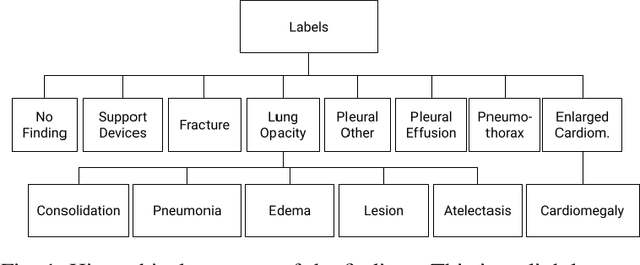

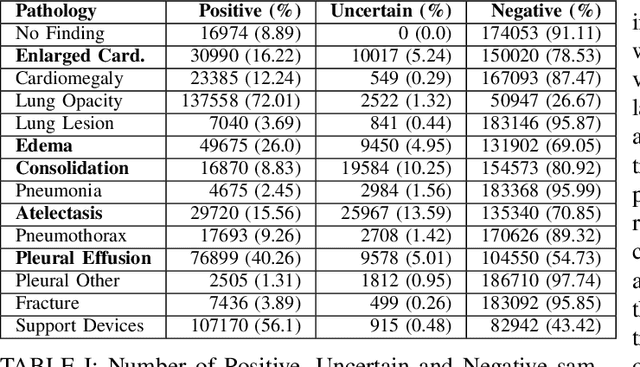
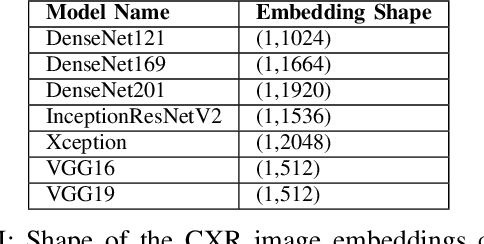
Abstract:Chest X-ray (CXR) is perhaps the most frequently-performed radiological investigation globally. In this work, we present and study several machine learning approaches to develop automated CXR diagnostic models. In particular, we trained several Convolutional Neural Networks (CNN) on the CheXpert dataset, a large collection of more than 200k CXR labeled images. Then, we used the trained CNNs to compute embeddings of the CXR images, in order to train two sets of tree-based classifiers from them. Finally, we described and compared three ensembling strategies to combine together the classifiers trained. Rather than expecting some performance-wise benefits, our goal in this work is showing that the above two methodologies, i.e., the extraction of image embeddings and models ensembling, can be effective and viable to solve tasks that require medical imaging understanding. Our results in that perspective are encouraging and worthy of further investigation.
Traditional Wisdom and Monte Carlo Tree Search Face-to-Face in the Card Game Scopone
Jul 18, 2018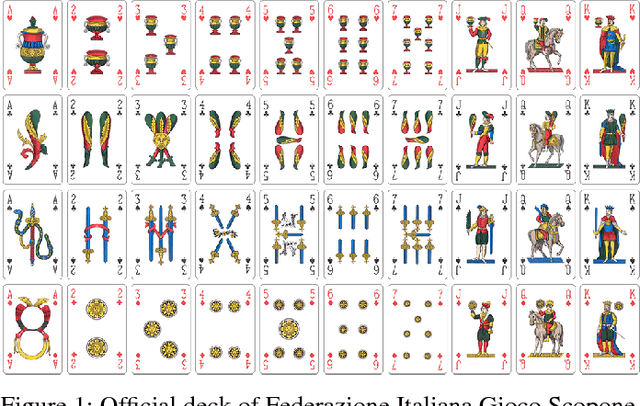
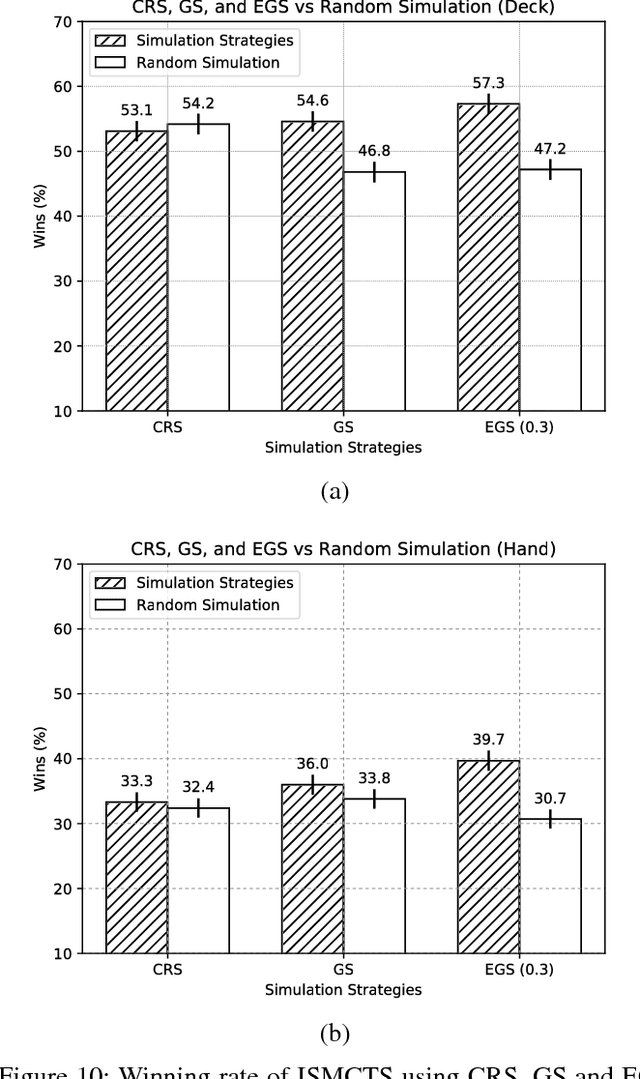
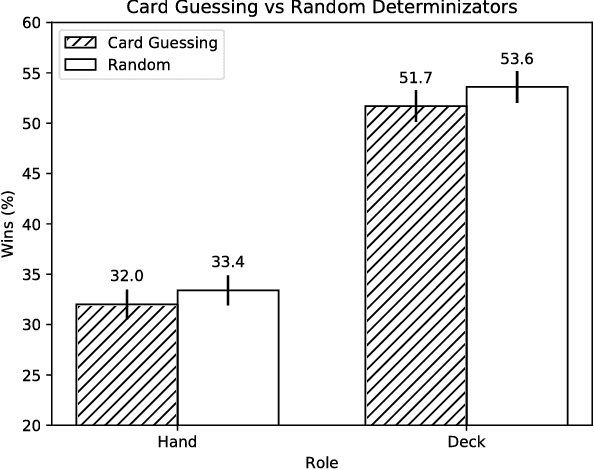
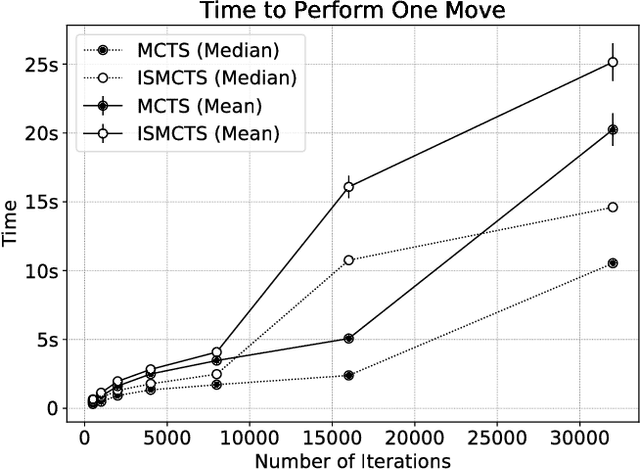
Abstract:We present the design of a competitive artificial intelligence for Scopone, a popular Italian card game. We compare rule-based players using the most established strategies (one for beginners and two for advanced players) against players using Monte Carlo Tree Search (MCTS) and Information Set Monte Carlo Tree Search (ISMCTS) with different reward functions and simulation strategies. MCTS requires complete information about the game state and thus implements a cheating player while ISMCTS can deal with incomplete information and thus implements a fair player. Our results show that, as expected, the cheating MCTS outperforms all the other strategies; ISMCTS is stronger than all the rule-based players implementing well-known and most advanced strategies and it also turns out to be a challenging opponent for human players.
* Preprint. Accepted for publication in the IEEE Transaction on Games
DOOM Level Generation using Generative Adversarial Networks
Apr 24, 2018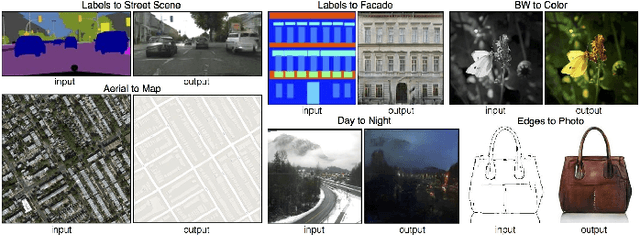
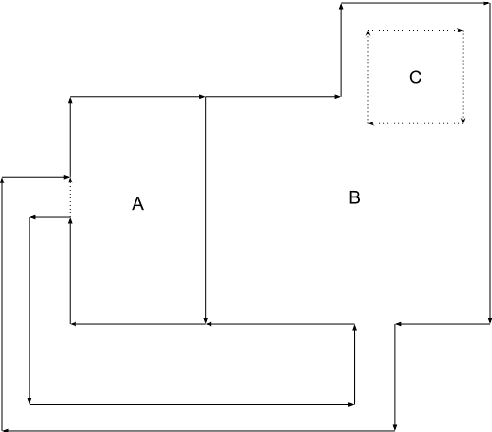
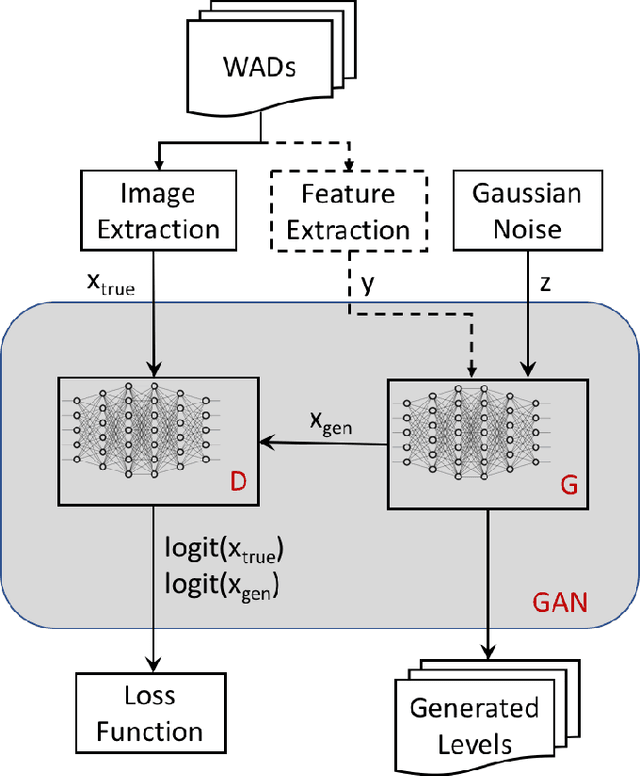
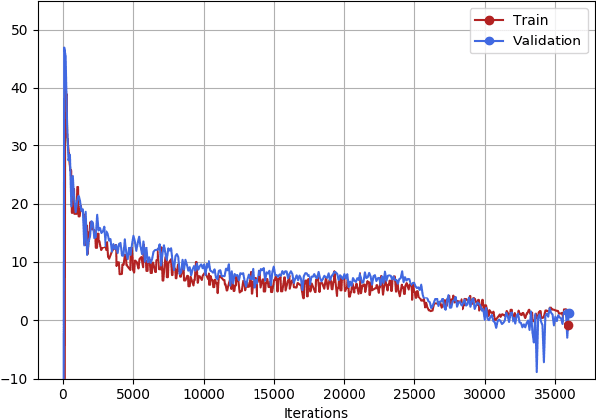
Abstract:We applied Generative Adversarial Networks (GANs) to learn a model of DOOM levels from human-designed content. Initially, we analysed the levels and extracted several topological features. Then, for each level, we extracted a set of images identifying the occupied area, the height map, the walls, and the position of game objects. We trained two GANs: one using plain level images, one using both the images and some of the features extracted during the preliminary analysis. We used the two networks to generate new levels and compared the results to assess whether the network trained using also the topological features could generate levels more similar to human-designed ones. Our results show that GANs can capture intrinsic structure of DOOM levels and appears to be a promising approach to level generation in first person shooter games.
An Integrated Framework for AI Assisted Level Design in 2D Platformers
Apr 24, 2018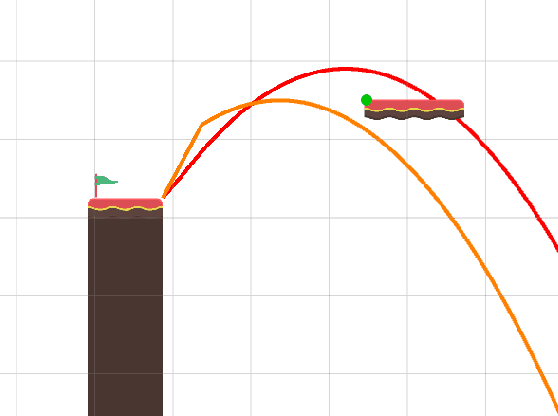
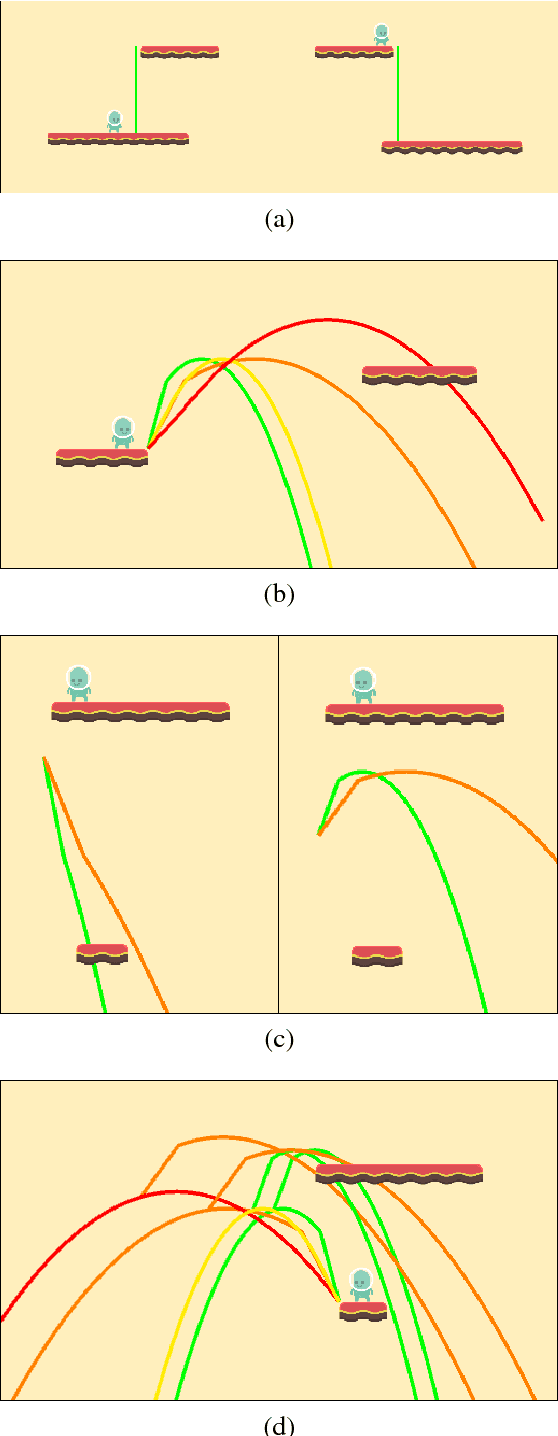
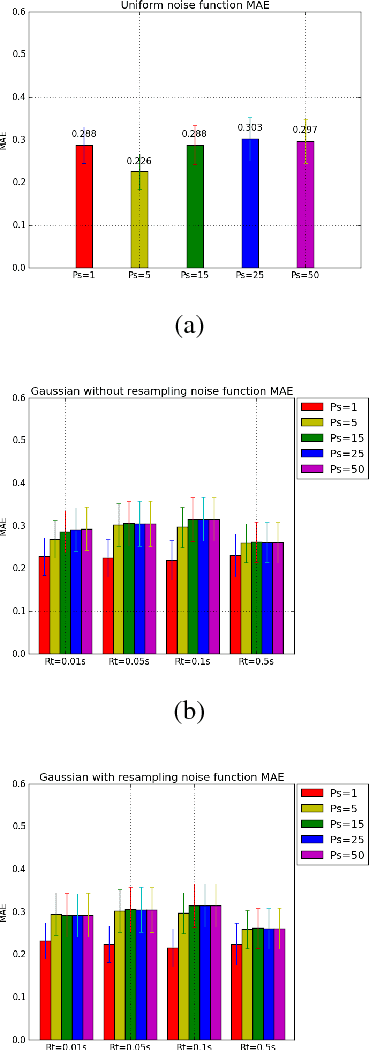
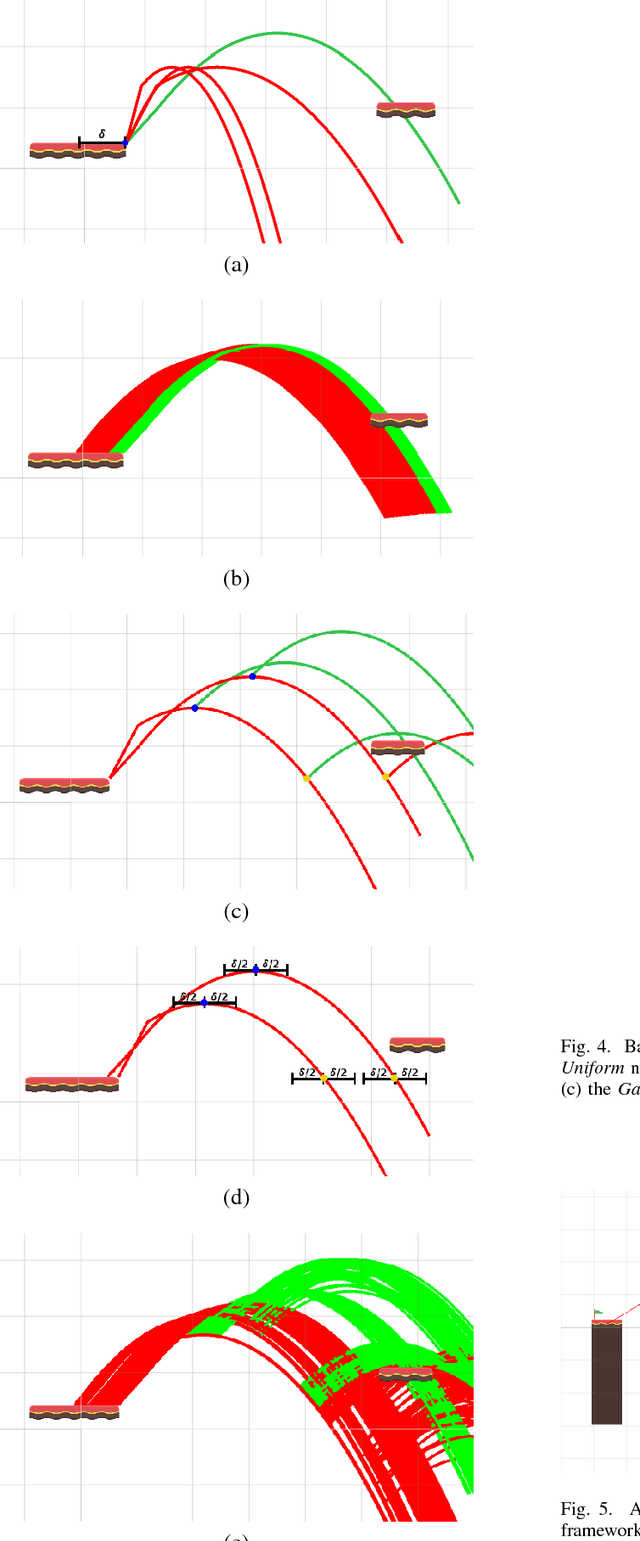
Abstract:The design of video game levels is a complex and critical task. Levels need to elicit fun and challenge while avoiding frustration at all costs. In this paper, we present a framework to assist designers in the creation of levels for 2D platformers. Our framework provides designers with a toolbox (i) to create 2D platformer levels, (ii) to estimate the difficulty and probability of success of single jump actions (the main mechanics of platformer games), and (iii) a set of metrics to evaluate the difficulty and probability of completion of entire levels. At the end, we present the results of a set of experiments we carried out with human players to validate the metrics included in our framework.
Simulated Car Racing Championship: Competition Software Manual
Apr 29, 2013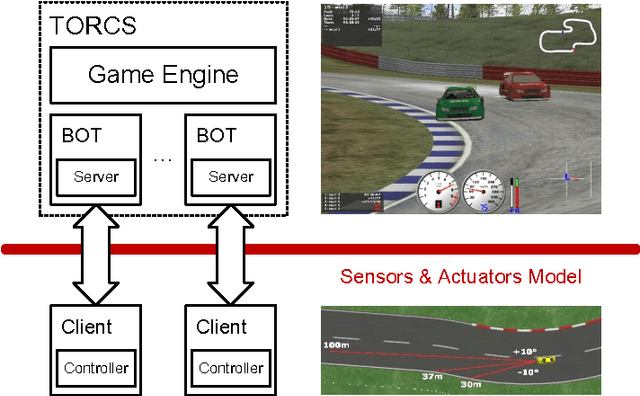
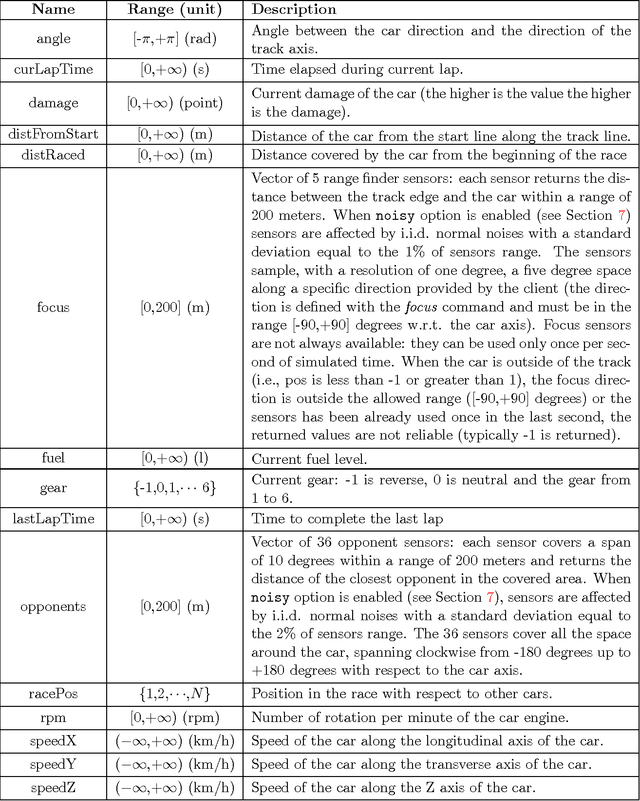
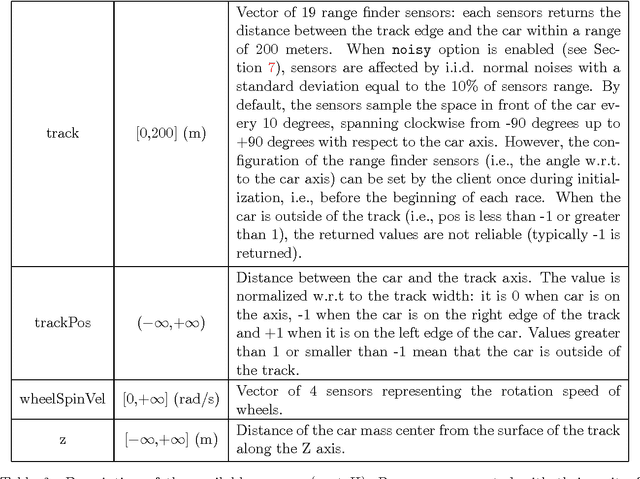
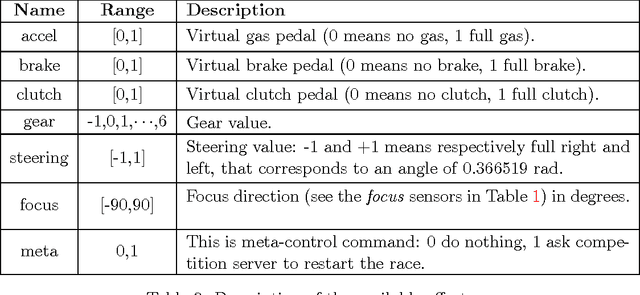
Abstract:This manual describes the competition software for the Simulated Car Racing Championship, an international competition held at major conferences in the field of Evolutionary Computation and in the field of Computational Intelligence and Games. It provides an overview of the architecture, the instructions to install the software and to run the simple drivers provided in the package, the description of the sensors and the actuators.
Transfer Learning, Soft Distance-Based Bias, and the Hierarchical BOA
Jun 21, 2012
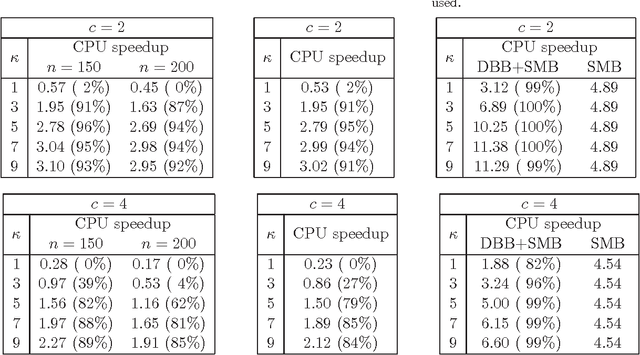
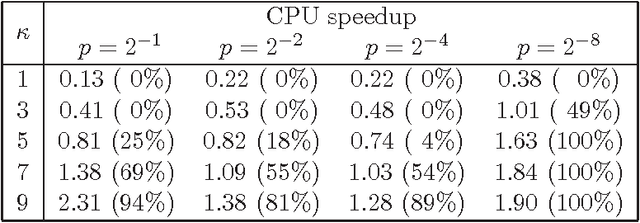
Abstract:An automated technique has recently been proposed to transfer learning in the hierarchical Bayesian optimization algorithm (hBOA) based on distance-based statistics. The technique enables practitioners to improve hBOA efficiency by collecting statistics from probabilistic models obtained in previous hBOA runs and using the obtained statistics to bias future hBOA runs on similar problems. The purpose of this paper is threefold: (1) test the technique on several classes of NP-complete problems, including MAXSAT, spin glasses and minimum vertex cover; (2) demonstrate that the technique is effective even when previous runs were done on problems of different size; (3) provide empirical evidence that combining transfer learning with other efficiency enhancement techniques can often yield nearly multiplicative speedups.
 Add to Chrome
Add to Chrome Add to Firefox
Add to Firefox Add to Edge
Add to Edge